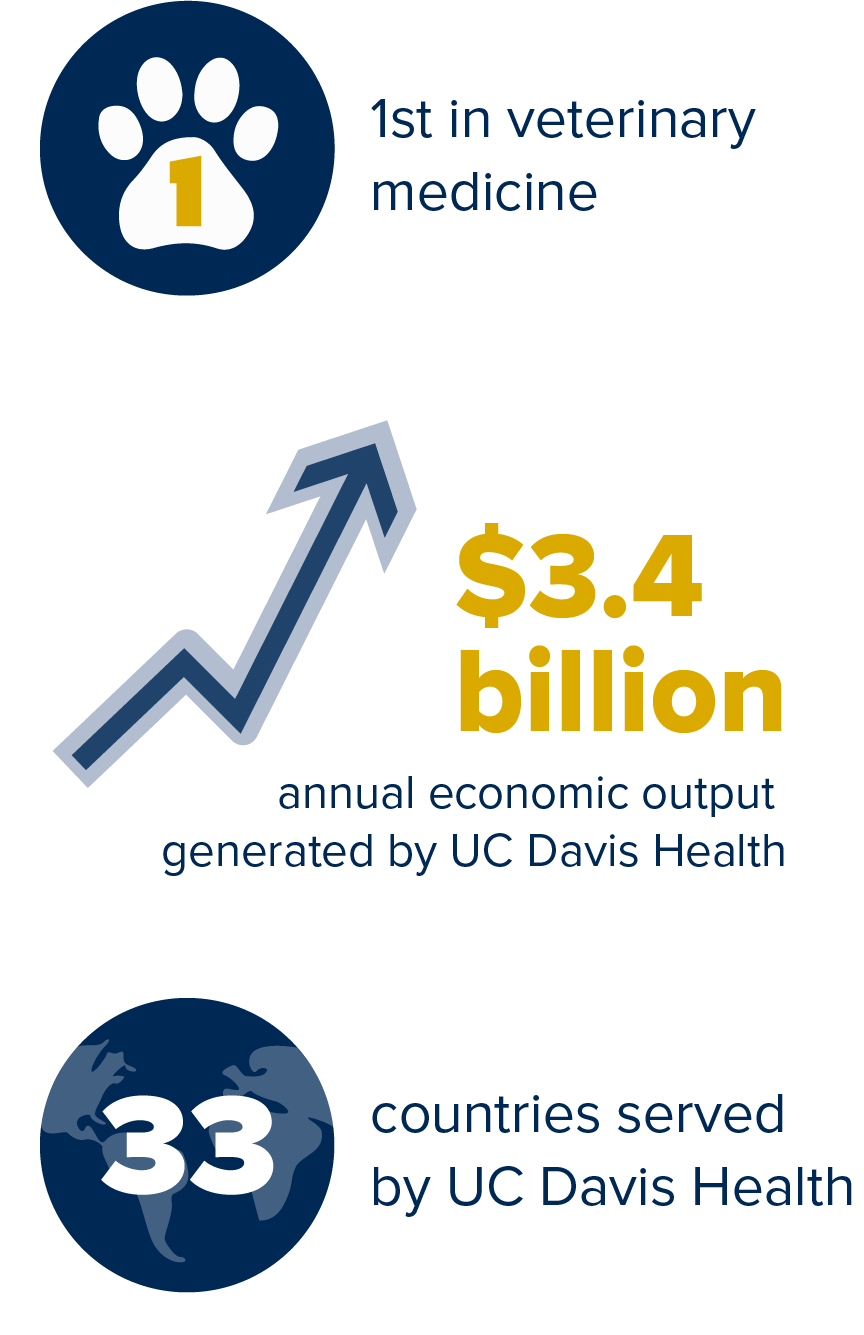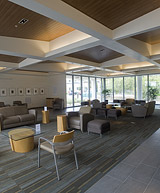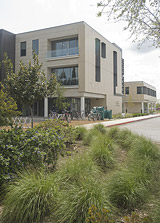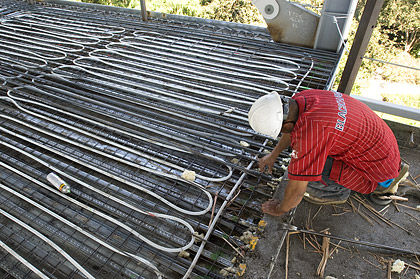 We plan, build, maintain and renew campus buildings to be solutions instead of problems for our energy and climate needs.
We plan, build, maintain and renew campus buildings to be solutions instead of problems for our energy and climate needs.
Where we are
The University of California has a minimum requirement that all new buildings, except for acute care facilities, meet standards equivalent to the U.S. Green Building Council's LEED® (Leadership in Energy and Environmental Design) certified to the Silver level, and that campuses strive to meet LEED Gold certification standards whenever possible. New buildings are also required to exceed by at least 20 percent the energy savings required by California code (exceptions for acute care facilities).
The Davis campus has set its own bar higher: New buildings should exceed California's energy code by at least 25 percent.
LEED certification promotes a whole-building approach to sustainability by including metrics in multiple parts of a building, including considerations for site, water efficiency, energy use, materials, indoor air quality, education and design innovation. Find out which UC Davis buildings are LEED certified or registered.



